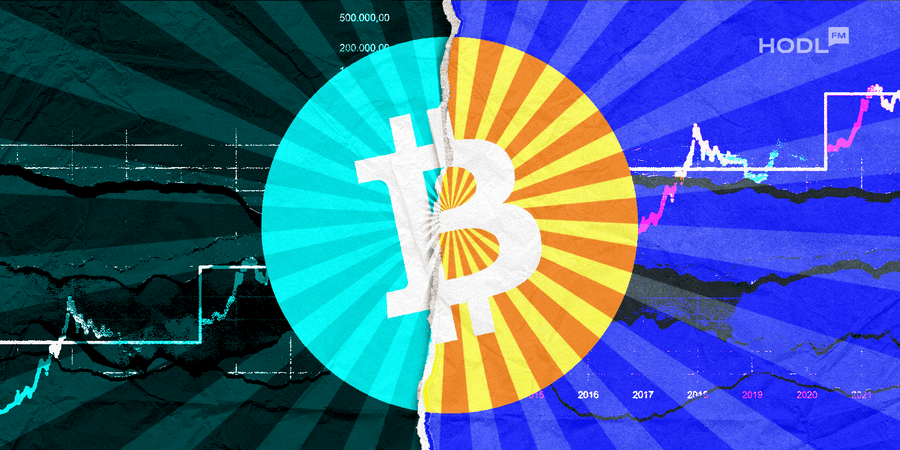Bitcoin isn’t just another digital asset; it’s an experiment in digital scarcity. With a hard-coded maximum supply of 21 million coins, the cryptocurrency separates itself from fiat currencies, which governments can print without restraint. This rule, baked into Bitcoin’s source code since 2009, has become its defining feature and the backbone of its valuation.
Scarcity as the Core of Bitcoin’s Value
Unlike traditional money, Bitcoin’s supply is capped forever. That scarcity creates a sense of digital gold: rare, finite, and protected from inflationary erosion. Investors and institutions know exactly how much Bitcoin will ever exist, an economic certainty that stands in stark contrast to the flexible money supply of central banks.
The results are evident. As of mid-2025, Bitcoin liquidity on exchanges has dropped to its lowest levels since 2018, with less than 15% of the circulating supply actively available. We covered the essentials of liquidity previously. The rest sits in long-term wallets, institutional treasuries, and cold storage. Companies like Strategy and Tesla alone hold vast reserves, creating a supply crunch that magnifies price movements when new demand enters the market.

Halvings and the Growing Supply Squeeze
Bitcoin’s issuance rate falls every four years in an event known as the halving. Each halving reduces the block reward miners receive, slowing the flow of new coins. The most recent halving in April 2024 cut rewards to 3.125 BTC per block, intensifying the supply squeeze. But halvings aren’t the only driver. According to a Fidelity Digital Assets report, more Bitcoin has now been sitting untouched in wallets for over 10 years than the network mints in daily block rewards. In other words, long-term holders, or “hodlers” to outpace new supply, tightening the market even more.
Institutions Are Hoarding, Retail Is Waiting
Institutional adoption is another critical layer. Nearly 1 million BTC is locked up by public treasury firms and ETFs, removing a significant share from circulation. This trend has been amplified by products like the Bitcoin ETFs, which funnel large amounts of Bitcoin into custody. At the same time, retail investors often wait on the sidelines for corrections, creating sharp cycles of sell-offs and rebounds. When institutions continue accumulating during dips, the pressure builds for the next leg up. Waiting or not, though, already there are attempts of interconnectivity. KuCoin recently announced the listing of New Bitcoin Layer 2 Token, Bitlayer (BTR).
Market Predicts
Analysts are already recalibrating their forecasts in light of this supply dynamic. Bernstein expects Bitcoin to potentially hit $200,000 within the next 12 months, while even more brave predictions appeared from Coinbase CEO himself, saying that Bitcoin will hit a 1 million dollar price by 2030. Yes. Sooner or later, we will see it in a couple of years.
These aren’t wild guesses; they’re grounded in classic economics: when supply is fixed and demand rises, price follows. Bitcoin’s immutable 21 million limit isn’t just symbolic; it’s the lever that continues to drive valuations higher, cycle after cycle.

Bitcoin’s capped supply is more than a technical quirk; it’s the foundation of its value proposition. In a sphere where fiat printing remains the norm, Bitcoin’s scarcity offers both a hedge and a growth story. Whether institutions are stockpiling or long-term holders are locking coins away, the math is simple: fewer coins on the market, stronger upward pressure on price.
And with the 21 million cap inching closer with every mined block, scarcity will only tighten its grip.

Disclaimer: All materials on this site are for informational purposes only. None of the material should be interpreted as investment advice. Please note that despite the nature of much of the material created and hosted on this website, HODL FM is not a financial reference resource, and the opinions of authors and other contributors are their own and should not be taken as financial advice. If you require advice. HODL FM strongly recommends contacting a qualified industry professional.





